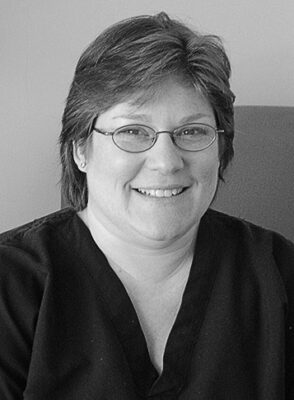AboutStacey N. Block DDS
Stacey N. Block DDS is a Houston based family dentist practice that treats patients of all ages. We are committed to delivering the highest quality dental care and do so using advanced dental equipment. We are a cosmetic dentist that offers services like checkups, teeth cleaning, veneers and more.
We also perform emergency dentist services that include bonding, root canals, crowns, and bridges. As a local dentist, we create lifelong relationships with our patients and their families and work to ensure that they receive treatments in a comfortable and relaxed environment. Dr. Block and our team invite you to schedule an appointment by calling 281-500-9989 and experience why our patients think Stacey N. Block DDS is the best dentist in Houston.
About Our Practice
When you choose a dentist for yourself or your family there are certain things you expect. These include the highest ethical standards, excellent clinical skills, and a commitment to continuing education for doctor and staff, all in a comfortable environment that upholds high standards for cleanliness and sterility. It’s not only what you should expect, but also what you should demand. But would you expect to be treated like a member of our family?
Our office provides our patients with a warm, friendly atmosphere where the doctor and staff genuinely care about you and your family. We want to congratulate you on your promotions, celebrate your achievements, cheer your victories, watch your family grow, and truly get to know the people we serve. This is why Dr. Block chose to be a family dentist. Dr. Block’s practice will take you back to the days when patients had real relationships with their health care providers and were not just numbers and insurance plans. Her office is a place where you know you are valued and cared for.
When asked about her treatment philosophy, Dr. Block describes it as "educational" and "conservative." She enjoys teaching patients about their oral health and conditions, taking plenty of time with new patients to thoroughly describe her findings and answer all their questions. She believes that a patient who really understands their dental conditions and sees them on a monitor screen in front of them can "co-diagnose" and take part in their treatment decisions. She takes the conservative approach to treatment, choosing the least invasive options available.
To make children (and anxious adults) more at ease in the dental chair, Dr. Block uses her “show and tell” method where everything is explained beforehand to eliminate any surprises.

Dr. Stacey Block
Dr. Stacey Block grew up in West Houston and still calls it home. She attended Spring Branch Independent Schools and graduated from Stratford High School. Following completion of her Bachelor of Business Administration from the University of Texas, Austin, in 1984, Dr. Block went on to the acclaimed Baylor College of Dentistry (now Texas A&M University School of Dentistry) in Dallas. She received her Doctor of Dental Surgery (DDS) in 1989 and returned home to Houston to set up her practice and fulfill her dream of serving the community where she grew up. She now lives in West Houston with her husband, Jeff. They have two daughters, Bayle and Marni. Marni is currently a student at the University of Alabama, and Bayle recently received her degree from the University of Arizona. Outside of her practice, Dr. Block volunteers with the Crohn’s and Colitis Foundation in many capacities and, in her spare time, she enjoys crafting, including scrapbooking, card-making and any other artistic projects that allow her hands to be creative.
Sorry, no support staff members found.
